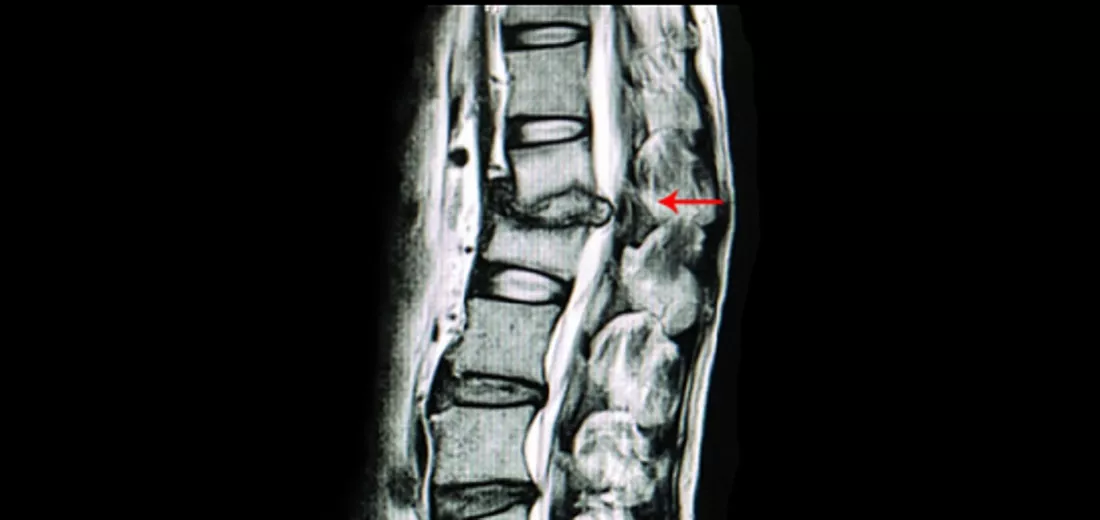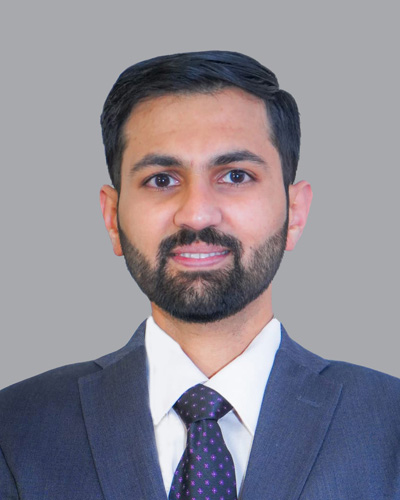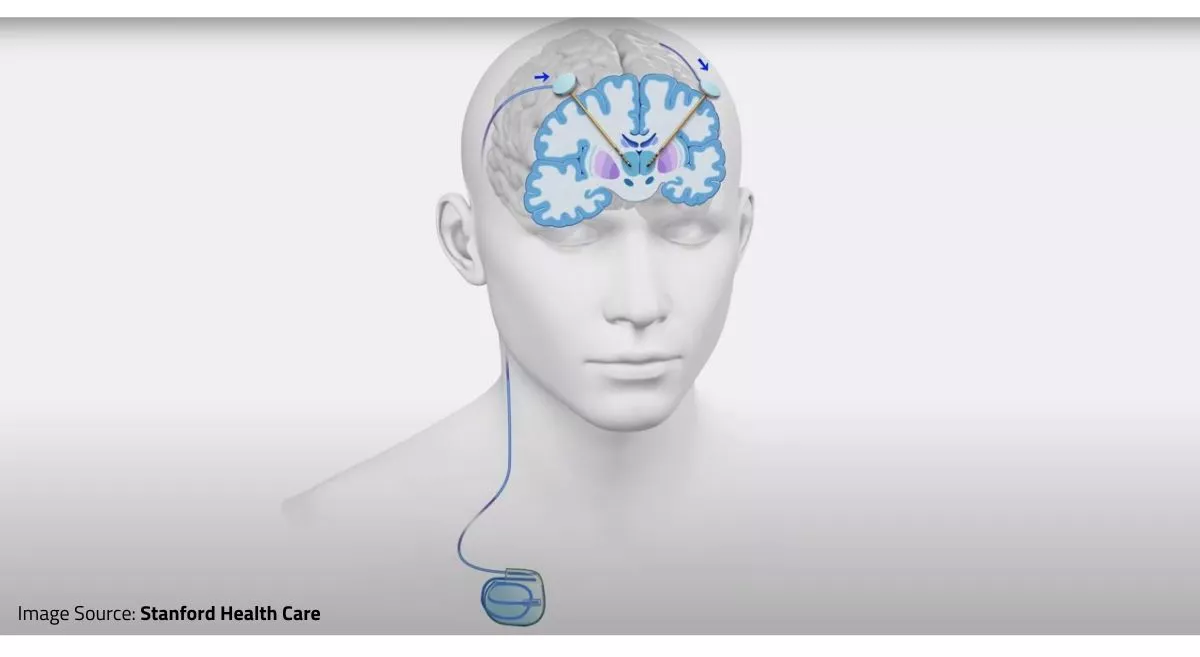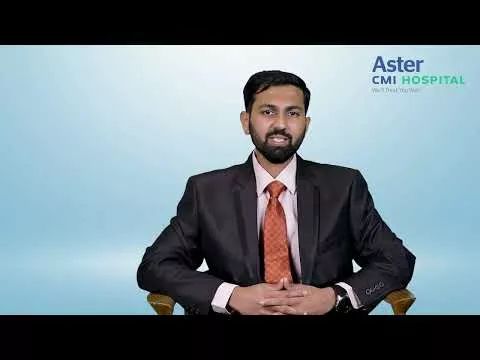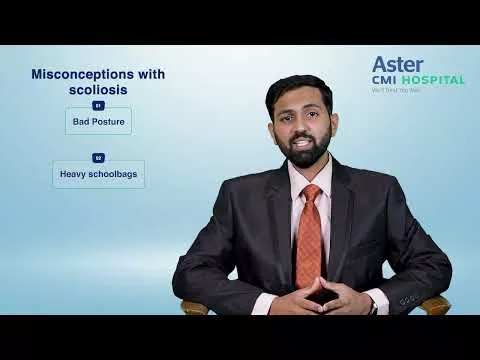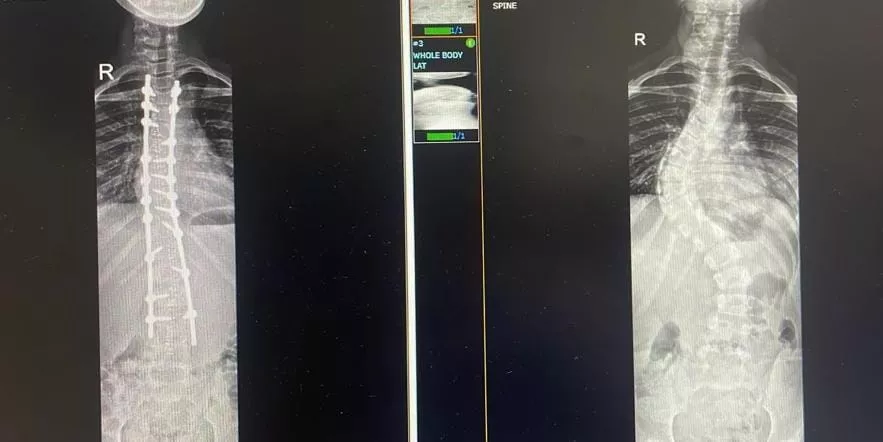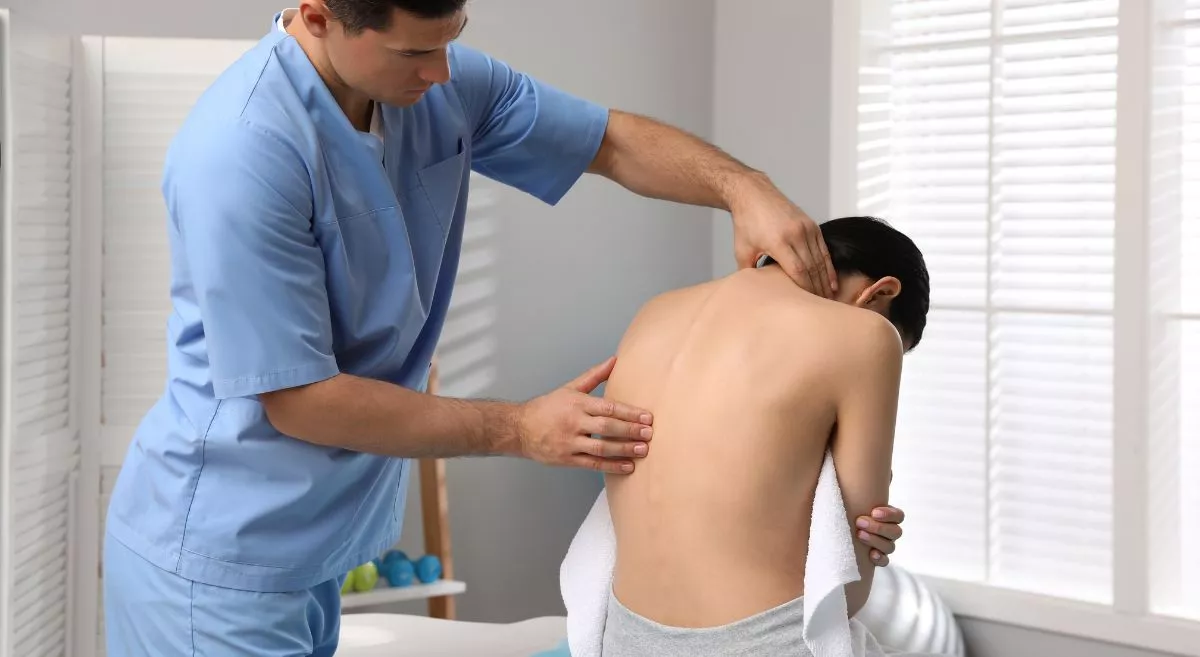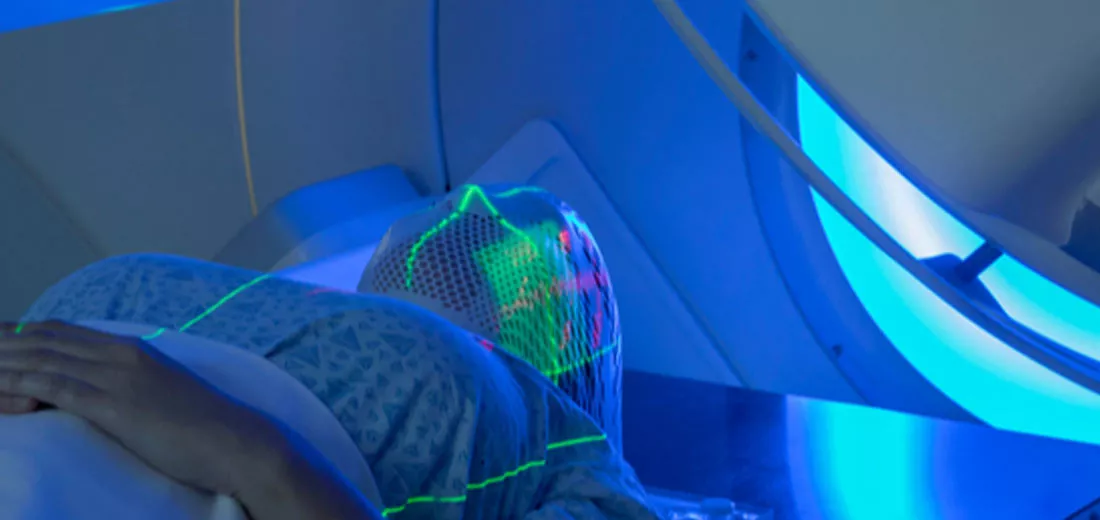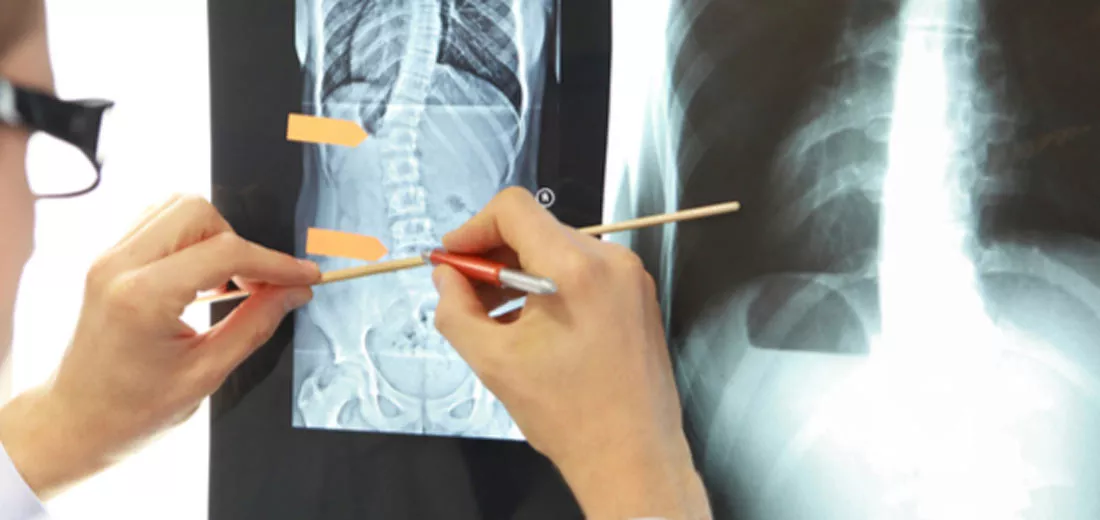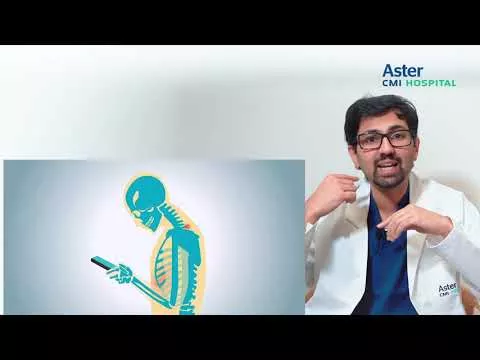The spinal cord is a tubular structure and the nerves branches out and passes through the tunnel (spinal canal) and stenosis means narrowing of the passage of nerves which can compress and pinch the nerve. The diminishing size of the spinal canal usually occurs due to changes associated with the ageing process as a result nerves become increasingly irritated and squeezed as the diameter of the canal becomes narrower referring to lumbar canal stenosis (LCS).
LCS – A most common cause of back pain and disability
The prevalence of LCS is 9% in the general population
47 % prevalence in people older than 60 years
21% of the non-symptomatic population over 60 years of age demonstrate stenosis on MRI
Have leg and back pain both (but the majority of the population have predominant leg)
Uphill is easier to walk than downhill
LCS starts slowly and worsens over time followed by gradual loss of leg strength and worsening severe pain that greatly affects a person’s ability to work or enjoy life.
LCS – most common indication for spine surgery above 65 years
Risk factors:
Age – more than 50 years – age-related changes such as osteoarthritis of facet joint, bony spurs and thickening of flavum (soft tissue covering the canal and nerves).
The congenital narrowed canal is a developmental defect (2.6% - 4.7) that causes narrowing of abnormalities or disorders in postnatal development.
Causes:
Connective tissues - ligaments (ligamentum flavum ) get thicker
Facet hypertrophy (overgrowth of joints in the spine).
Spondylolisthesis – Slippage of one vertebra over another with a displacement of the disc (pseudo disc bulge) compressing the nerves.
Degenerative scoliosis – deformed curvature of the spine as a consequence of degeneration of the spine. Previous lumbar surgery (post-surgical scarring).
Infection – Uncommon cause
Symptoms:
Pain in the buttocks, hips and legs or sciatica - Less pain with leaning forward or sitting or lying and pain aggravates on bending backwards (unilateral or bilateral)
Difficulty in walking – Neurogenic claudication – Cramping in the calf with walking, requiring frequent multiple short rests to walk a distance
Pain in the legs at rest
Numbness or tingling in legs
Loss of sensation in the feet
Weakness in Legs
Weakness in the foot that makes the foot to slap down while walking
Sexual dysfunction
If you experience any of these symptoms, seek medical help from the Top Spine Surgeon in Bangalore at Aster CMI Hospital in Hebbal.
Diagnosis is made based on symptoms, examination and finally imaging.
MRI is a noninvasive imaging method of choice to justify the presence of anatomic narrowing of the spinal canal or the presence of nerve root impingement.
Treatment:
Medication – Analgesic, NSAIDS, Anticonvulsants (Pregabalin , Gabapentin ) can give relief when there is mild canal narrowing in moderate to severe canal narrowing it might not be beneficial.
Physiotherapy – No real benefits.
Epidural steroid injection – Good short-term relief in terms of leg pain (2-6 months).
Lumbar braces or belt/corset – Minimal relief in terms of walking distance – But no sustained results.
A patient may be regarded as a candidate for surgery if:
Back and leg pain restricts regular activity or impairs quality of life
Progressive neurological deficits development (leg weakness, foot drop and numbness in the limb)
Loss of normal bowel and/or bladder functions
Difficulty standing or walking
Failed medical therapy
The primary goal of surgery is to create space for the nerve to pass through and relieve compression on the nerve and can be in the form of decompression and fusion which is performed in a minimally invasive fashion.
Decompression - Laminectomy and Foraminotomy – removal part of the bone, soft tissue and ligaments – for patients with predominant leg pain without instability.
Spinal fusion – In case of dominant back pain coupled with leg pain and spine instability/
Both these surgeries are performed under general anaesthesia and spinal fusion requiring implants (Interbody cage, screws, rod) to fix the spine for fusion. Decompression needs a 2cms incision in the back, whereas fusion requires many small incisions.
What can I expect after surgery?
In both cases, you are made on the next day morning
Immediate relief of leg is felt
Minimal operative site pain and back pain as a result of surgery is expected with numbness in the leg at times benefits of surgery appear to last for many years (long term relief).
In a small percentage of cases, there is a risk of adjacent segment disease (upper or lower level), but with timely physiotherapy and lifestyle, modification risk can be reduced.
Get the Best Spine Surgery Treatment In Bangalore or visit the Best Hospital for Spine Surgery in Bangalore.
